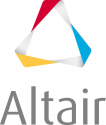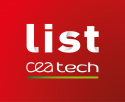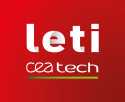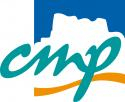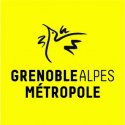PhD Forum Best Presentation Awards
supported by EDAA, ACM Sigda & IEEE CEDA
Alireza Mahzoon, University of Bremen, DE
is awarded for the presentation
Proving Correctness of Industrial Multipliers using Symbolic Computer Algebra
Behnaz Pourmohseni, Friedrich Alexander Universität Erlangen Nürnberg (FAU), DE
is awarded for the work
System-Level Mapping, Analysis, and Management of Real-Time Applications in Many-Core Systems
2020 EDAA Achievement Award
The 2020 EDAA Achievement Award ceremony by Norbert Wehn starts in the video below.
Luca Benini, ETHZ, Switzerland
https://www.edaa.com/press_releases/PR_achievement_2020_results.pdf
EDAA Outstanding Dissertations Award 2019
The EDAA Outstanding Dissertations Award 2019 ceremony by Lorena Anghel starts in the video below.
Topic 1
Eric Schneider, Ph.D
Multi-Level Simulation of Nano-Electronic Digital Circuits on GPUs
Topic 2
Fabio Passos, Ph.D.
A Multilevel Approach to the Systematic Design of Radio-Frequency Integrated Circuits
Topic 3
Ahmedullah Aziz, Ph.D.
Device-Circuit Co-design Employing Phase Transition Materials for Low Power Electronics
Topic 4
Innocent Agbo, Ph.D.
Reliability Modeling and Mitigation for Embedded Memories
Topic 5 (Quantum Computing Systems):
Alwin Zulehner, Ph.D.
Design Automation for Quantum Computing
https://www.edaa.com/press_releases/EDAA_Award_2019_Results.pdf
DATE Fellow Award
The DATE Fellow Award ceremony by Norbert Wehn starts in the video below at minute 2:50.
Jürgen Teich, Friedrich-Alexander-Universität Erlangen-Nürnberg, DE
IEEE CS TTTC Outstanding Contribution Award
Jan Madsen, Technical University of Denmark, DK
Giorgio Di Natale, CNRS/TIMA, FR
DATE Best Paper Awards 2020
The Best Paper Award ceremony by Cristiana Bolchini during her opening talk video below starts at minute 2:05.
Each year the Design, Automation and Test in Europe Conference presents awards to the authors of the best papers. The selection is performed by the award committee composed of the Track Chairs Cristiana Bolchini, Theocharis Theocharides, Jaume Abella and Valeria Bertacco and the following members: Borzoo Bonakdarpour, Andrea Calimera, Ramon Canal, Luca Carloni, Alessandro Cimatti, Ayse Coskun, Nikil Dutt, Ioannis Papaefstathiou, Dionisios Pnevmatikatos, Davide Quaglia, Muhammad Shafique, Olivier Sentieys, Luis Miguel Silveira, Juergen Teich, Vasileios Tenentes, Jerzy Tyszer, Arnaud Virazel.
D Track
Impact of Magnetic Coupling and Density on STT-MRAM Performance
Lizhou Wu1, Siddharth Rao2, Mottaqiallah Taouil1, Erik Jan Marinissen2, Gouri Sankar Kar2 and Said Hamdioui1
1TU Delft, NL; 2IMEC, BE
A Track
A Flexible and Scalable NTT Hardware: Applications from Homomorphically Encrypted Deep Learning to Post-Quantum Cryptography
Ahmet Can Mert1, Emre Karabulut2, Erdinc Ozturk1, Erkay Savas1, Michela Becchi2 and Aydin Aysu2
1Sabanci University, TR; 2North Carolina State University, US
T Track
DEFCON: Generating and Detecting Failure-prone Instruction Sequences via Stochastic Search
Ioannis Tsiokanos1, Lev Mukhanov1, Giorgis Georgakoudis2, Dimitrios S. Nikolopoulos3 and Georgios Karakonstantis1
1Queen's University Belfast, GB; 2Lawrence Livermore National Laboratory, US; 3Virginia Tech, US
E Track
Statistical Time-based Intrusion Detection in Embedded Systems
Nadir Carreon Rascon, Allison Gilbreath and Roman Lysecky
University of Arizona, US
Best Paper Award Nominations
D Track
Fast and Accurate DRAM Simulation: Can we Further Accelerate it?
Johannes Feldmann1; Matthias Jung2; Kira Kraft1; Lukas Steiner1; Norbert Wehn1
1TU Kaiserslautern, 2Fraunhofer IESE
ESP4ML: Platform-Based Design of Systems-on-Chip for Embedded Machine Learning
Davide Giri; Kuan-Lin Chiu; Giuseppe Di Guglielmo; Paolo Mantovani; Luca Carloni
Columbia University
Verification Runtime Analysis: Get the Most Out of Partial Verification
Martin Ring1; Fritjof Bornbebusch1; Christoph Lüth1,2; Robert Wille3; Rolf Drechsler1,2
1DFKI, 2University of Bremen, 3Johannes Kepler University Linz
Gap-free Processor Verification by S²QED and Property Generation
Keerthikumara Devarajegowda1; Mohammad Rahmani Fadiheh2; Eshan Singh3; Clark Barrett3; Subhasish Mitra3; Wolfgang Ecker1; Dominik Stoffel2; Wolfgang Kunz2
1Infineon Technologies, 2TU Kaiserslautern, 3Stanford University
GANA: Graph Convolutional Network Based Automated Netlist Annotation
for Analog Circuits
Kishor Kunal1; Tonmoy Dhar1; Meghna Madhusudan1; Jitesh Poojary1; Arvind Sharma1; Wenbin Xu2; Steven Burns3; Jiang Hu2; Ramesh Harjani1; Sachin S. Sapatnekar1
1University of Minnesota, 2Texas A&M University, 3Intel Corporation
Backtracking Search for Optimal Parameters of a PLL-based True Random Number Generator
Brice Colombier; Nathalie Bochard; Florent Bernard; Lilian Bossuet
University of Lyon
GRAMARCH: A GPU-ReRAM based Heterogeneous Architecture
for Neural Image Segmentation
Biresh Kumar Joardar1; Nitthilan Kannappan Jayakodi1; Jana Doppa1; Partha Pratim Pande1; Hai (Helen) Li2; Krishnendu Chakrabarty3
1Washington State University, 2Duke University/TUM-IAS, 3Duke University
PSB-RNN: A Processing-in-Memory Systolic Array Architecture
using Block Circulant Matrices for Recurrent Neural Networks
Nagadastagiri1; Sahithi Rampalli1; Makesh Tarun Chandran1; Gurpreet Singh Kalsi2; John (Jack) Sampson1; Sreenivas Subramoney2; Vijaykrishnan Narayanan1
1The Pennsylvania State University, 2Processor Architecture Research Lab, Intel Labs
A Learning-Based Thermal Simulation Framework
for Emerging Two-Phase Cooling Technologies
Zihao Yuan1; Geoffrey Vaartstra2; Prachi Shukla1; Zhengmao Lu2; Evelyn Wang2; Sherief Reda3; Ayse Coskun1
1Boston University, 2Massachusetts Institute of Technology, 3Brown University
ProxSim: Simulation Framework for Cross-Layer Approximate DNN Optimization
Cecilia De la Parra1; Andre Guntoro1; Akash Kumar2
1Robert Bosch GmbH, 2TU Dresden
A Framework for Adding Low-Overhead, Fine-Grained Power Domains to CGRAs
Ankita Nayak; Keyi Zhang; Raj Setaluri; Alex Carsello; Makai Mann; Stephen Richardson; Rick Bahr; Pat Hanrahan; Mark Horowitz; Priyanka Raina
Stanford University
Floating Random Walk Based Capacitance Solver for VLSI Structures
with Non-Stratified Dielectrics
Mingye Song; Ming Yang; Wenjian Yu
Tsinghua University
Ternary Compute-Enabled Memory based on Ferroelectric Transistors
for Accelerating Deep Neural Networks
Sandeep Krishna Thirumala; Shubham Jain; Sumeet Gupta; Anand Raghunathan
Purdue University
Impact of Magnetic Coupling and Density on STT-MRAM Performance
Lizhou Wu1; Siddharth Rao2; Mottaqiallah Taouil1; Erik Jan Marinissen2;
Gouri Sankar Kar2; Said Hamdioui1
1Delft University of Technology, 2IMEC
A Track
GenieHD: Efficient DNA Pattern Matching Accelerator Using Hyperdimensional Computing
Yeseong Kim; Mohsen Imani; Niema Moshiri;Tajana Rosing
University of California San Diego
Achieving Determinism in Adaptive AUTOSAR
Christian Menard1; Andres Goens1; Marten Lohstroh2; Jeronimo Castrillon1
1TU Dresden, 2University of California, Berkeley
A Flexible and Scalable NTT Hardware: Applications from Homomorphically Encrypted Deep Learning to Post-Quantum Cryptography
Ahmet Can Mert1; Emre Karabulut2; Erdinc Ozturk1; Erkay Savas1;
Michela Becchi2; Aydin Aysu2
1Sabanci University, 2North Carolina State University
AntiDOte: Attention-based Dynamic Optimization for Neural Network Runtime Efficiency
Fuxun Yu1; Chenchen Liu2; Di Wang3; Yanzhi Wang1; Xiang Chen1
1George Mason University, 2University of Maryland, 3Microsoft
Go Unary: A Novel Synapse Coding and Mapping Scheme
for Reliable ReRAM-based Neuromorphic Computing
Chang Ma; Yanan Sun; Weikang Qian; Ziqi Meng; Rui Yang; Li Jiang
Shanghai Jiao Tong University
T Track
On Improving Fault Tolerance of Memristor Crossbar Based Neural Network Designs
by Target Sparsifying
Song Jin1; Songwei Pei2; Yu Wang1
1North China Electric Power University,
2Beijing University of Posts and Telecommunications
Synthesis of Fault-Tolerant Reconfigurable Scan Networks
Sebastian Brandhofer; Michael Kochte; Hans-Joachim Wunderlich
University of Stuttgart
DEFCON: Generating and Detecting Failure-prone Instruction Sequences
via Stochastic Search
Ioannis Tsiokanos1; Lev Mukhanov2; Giorgis Georgakoudis3;
Dimitrios S. Nikolopoulos4; Georgios Karakonstantis1
1Queen's University Belfast, 2QUB, 3Lawrence Livermore National Laboratory,
4Virginia Tech
Thermal-Cycling-aware Dynamic Reliability Management in Many-Core System-on-Chip
Mohammad-Hashem Haghbayan1; Antonio Miele2; Zhuo Zou3;
Hannu Tenhunen1; Juha Plosila1
1University of Turku, 2Politecnico di Milano,
3Nanjing University of Computer Science and Technology
E Track
Deeper Weight Pruning without Accuracy Loss in Deep Neural Networks
Byungmin Ahn; Taewhan Kim
Seoul National University
ACOUSTIC: Accelerating Convolutional Neural Networks
through Or-Unipolar Skipped Stochastic Computing
Wojciech Romaszkan; Tianmu Li; Tristan Melton; Sudhakar Pamarti; Puneet Gupta
University of California Los Angeles
Statistical Time-based Intrusion Detection in Embedded Systems
Nadir Carreon Rascon; Allison Gilbreath; Roman Lysecky
University of Arizona
Energy-efficient runtime resource management for adaptable multi-application mapping
Robert Khasanov; Jeronimo Castrillon
TU Dresden
CPS-oriented Modeling and Control of Traffic Signals Using Adaptive Back Pressure
Wanli Chang1; Debayan Roy2; Shuai Zhao1; Anuradha Annaswamy3; Samarjit Chakraborty2
1University of York, 2Technical University of Munich,
3Massachusetts Institute of Technology


